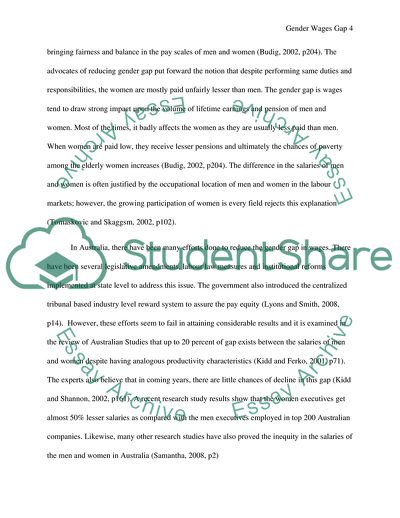Cite this document
(Gender Gap in the Wages in Australia Assignment, n.d.)
Gender Gap in the Wages in Australia Assignment. https://studentshare.org/sociology/1726899-research-paper-on-the-australian-gender-gap
Gender Gap in the Wages in Australia Assignment. https://studentshare.org/sociology/1726899-research-paper-on-the-australian-gender-gap
(Gender Gap in the Wages in Australia Assignment)
Gender Gap in the Wages in Australia Assignment. https://studentshare.org/sociology/1726899-research-paper-on-the-australian-gender-gap.
Gender Gap in the Wages in Australia Assignment. https://studentshare.org/sociology/1726899-research-paper-on-the-australian-gender-gap.
“Gender Gap in the Wages in Australia Assignment”. https://studentshare.org/sociology/1726899-research-paper-on-the-australian-gender-gap.


